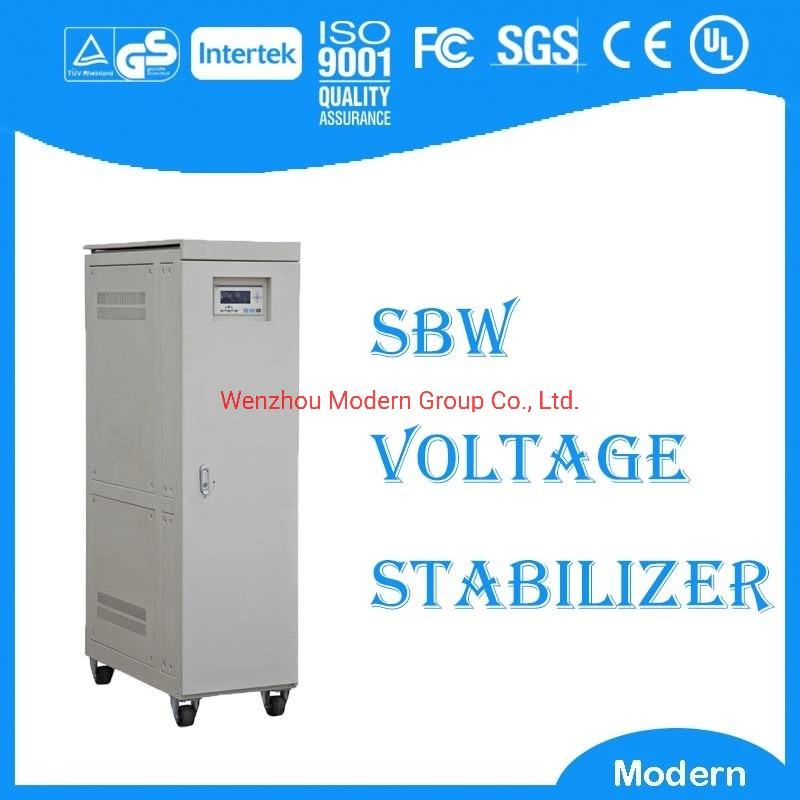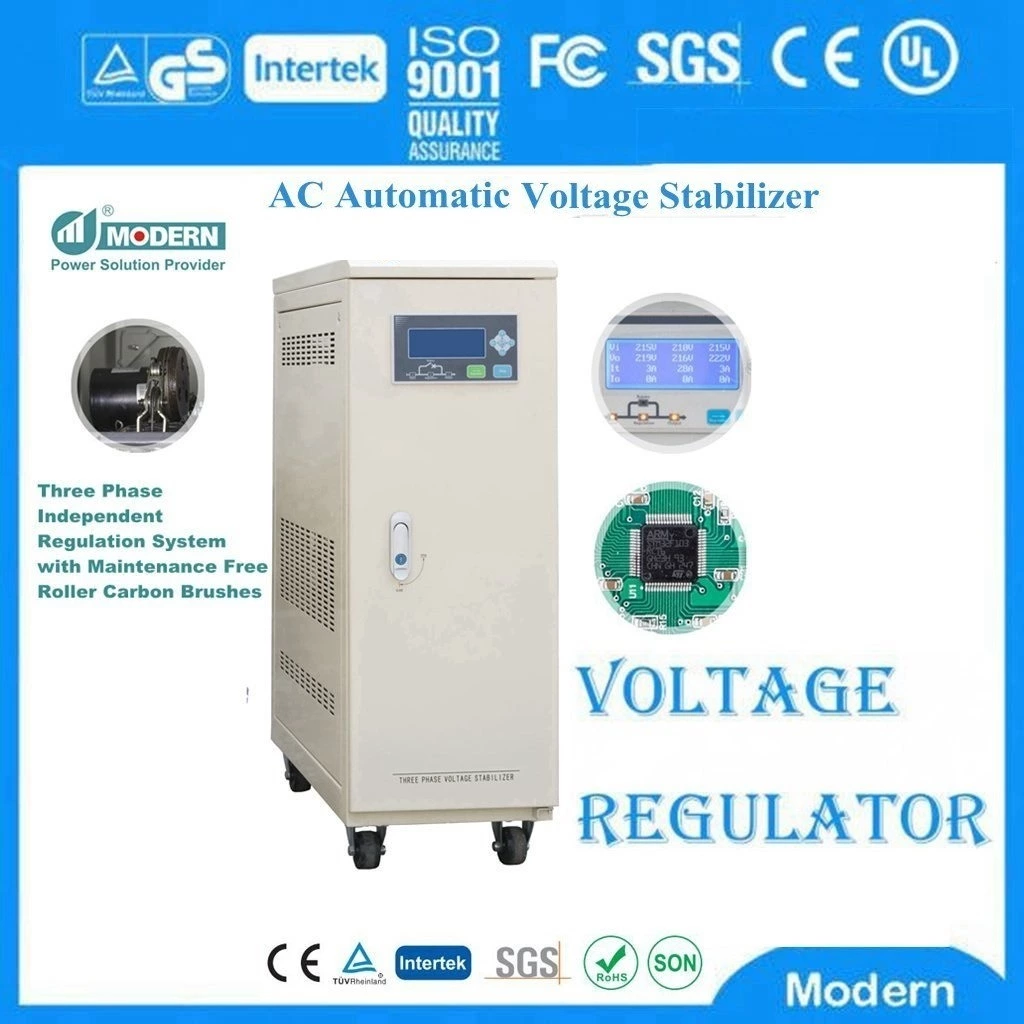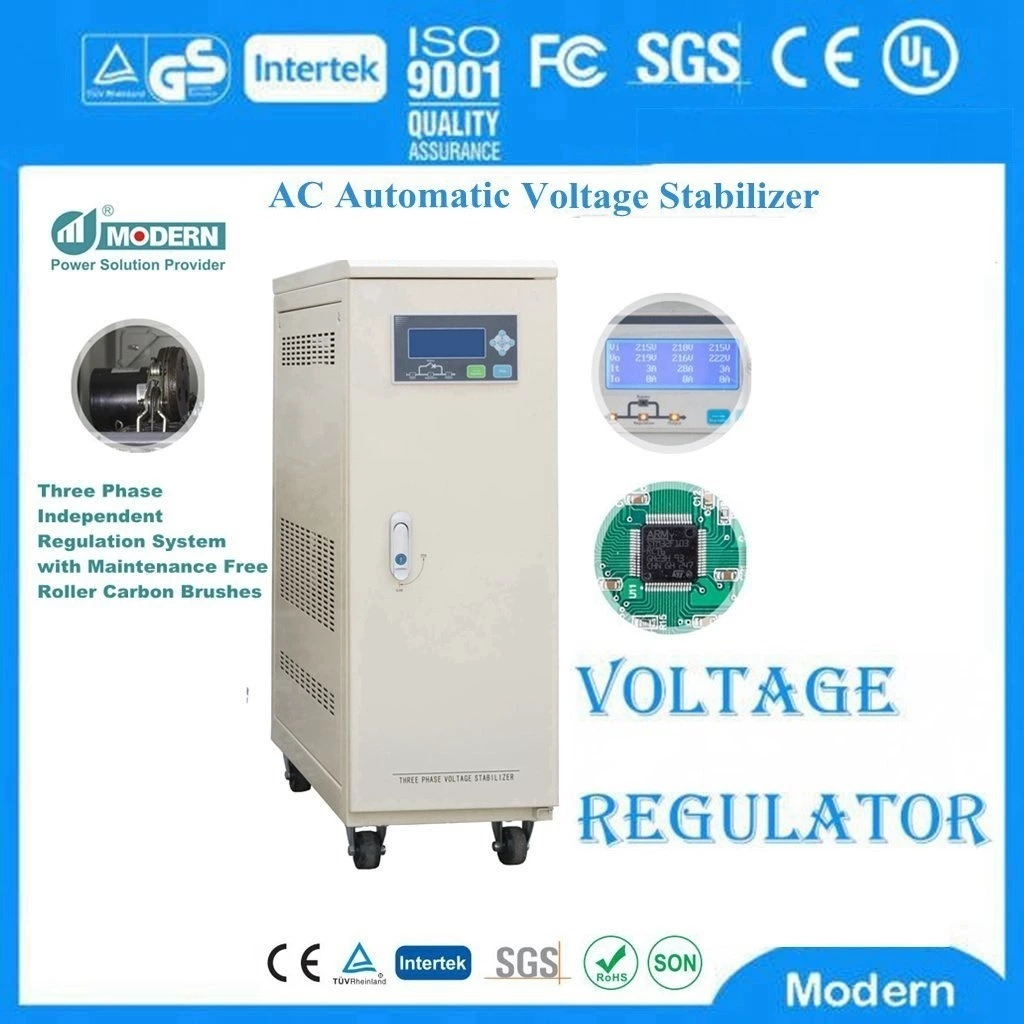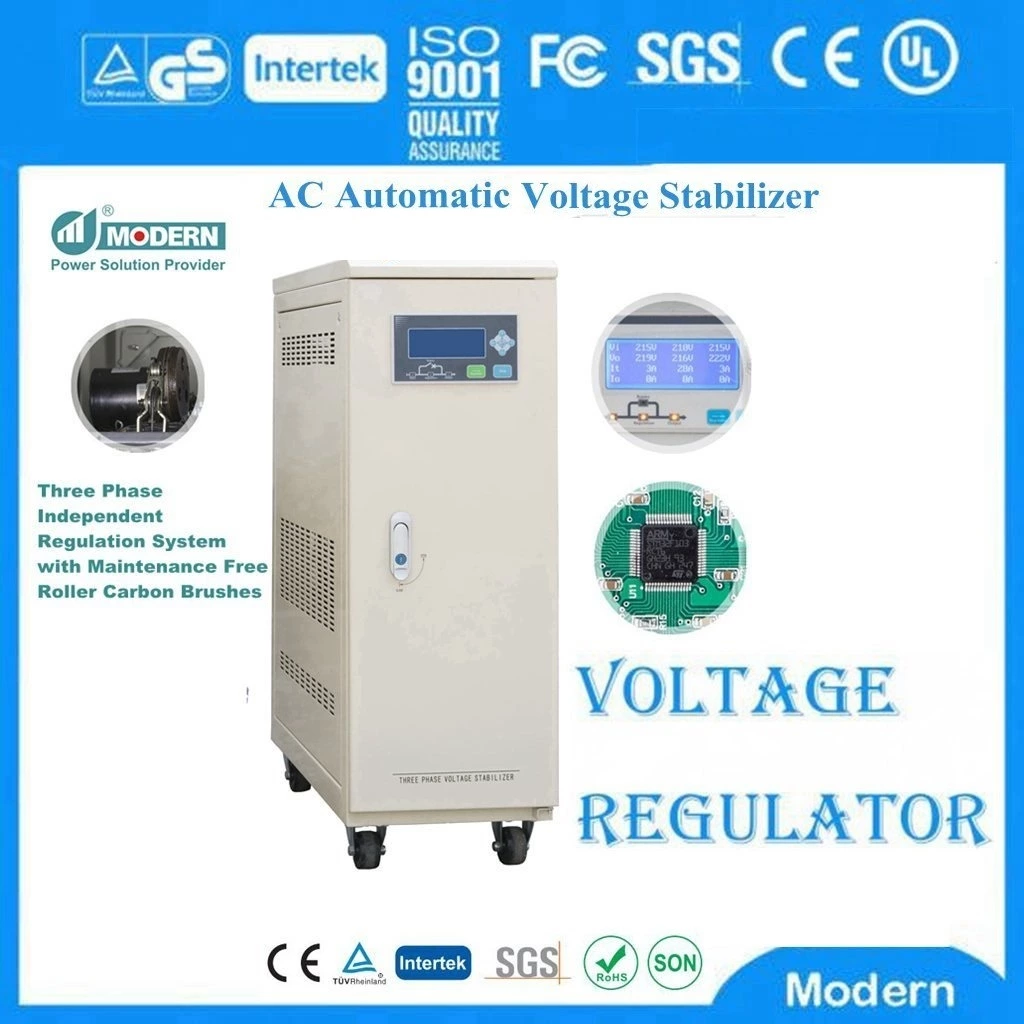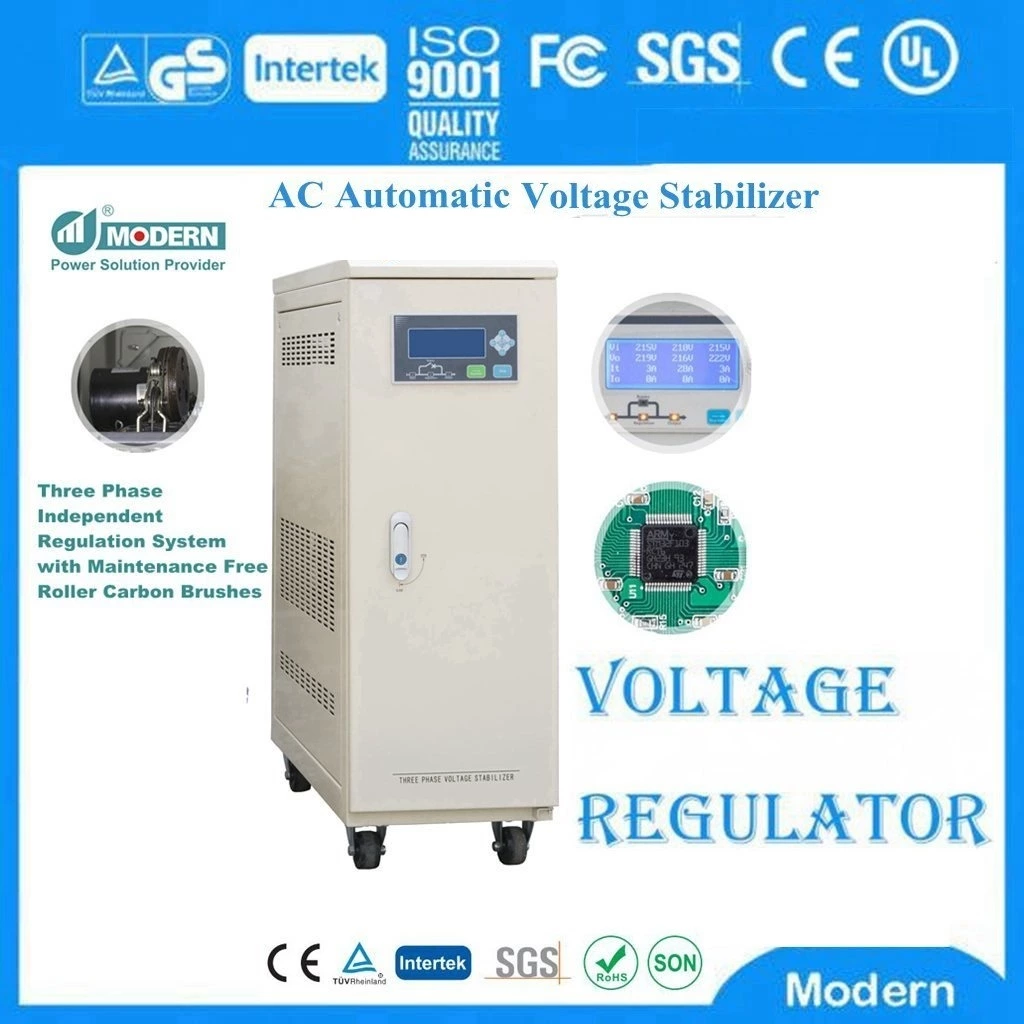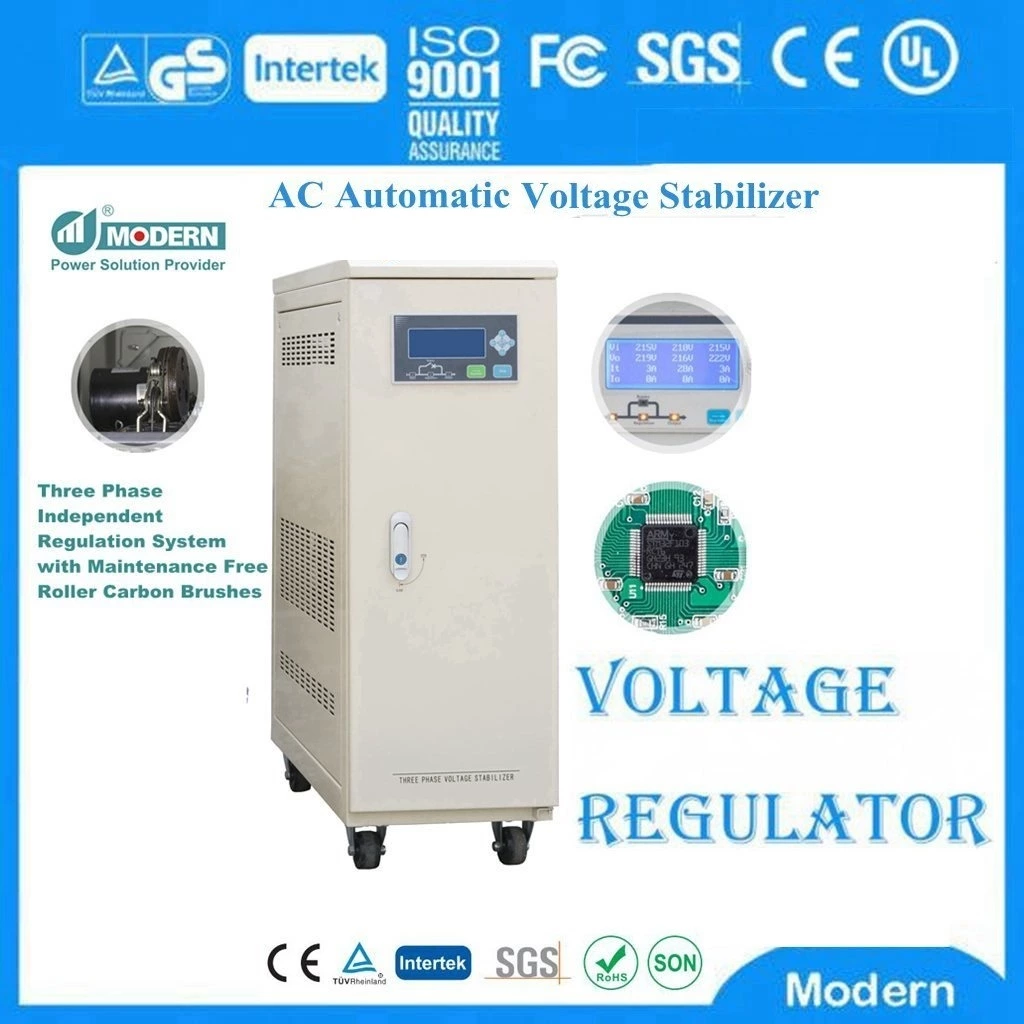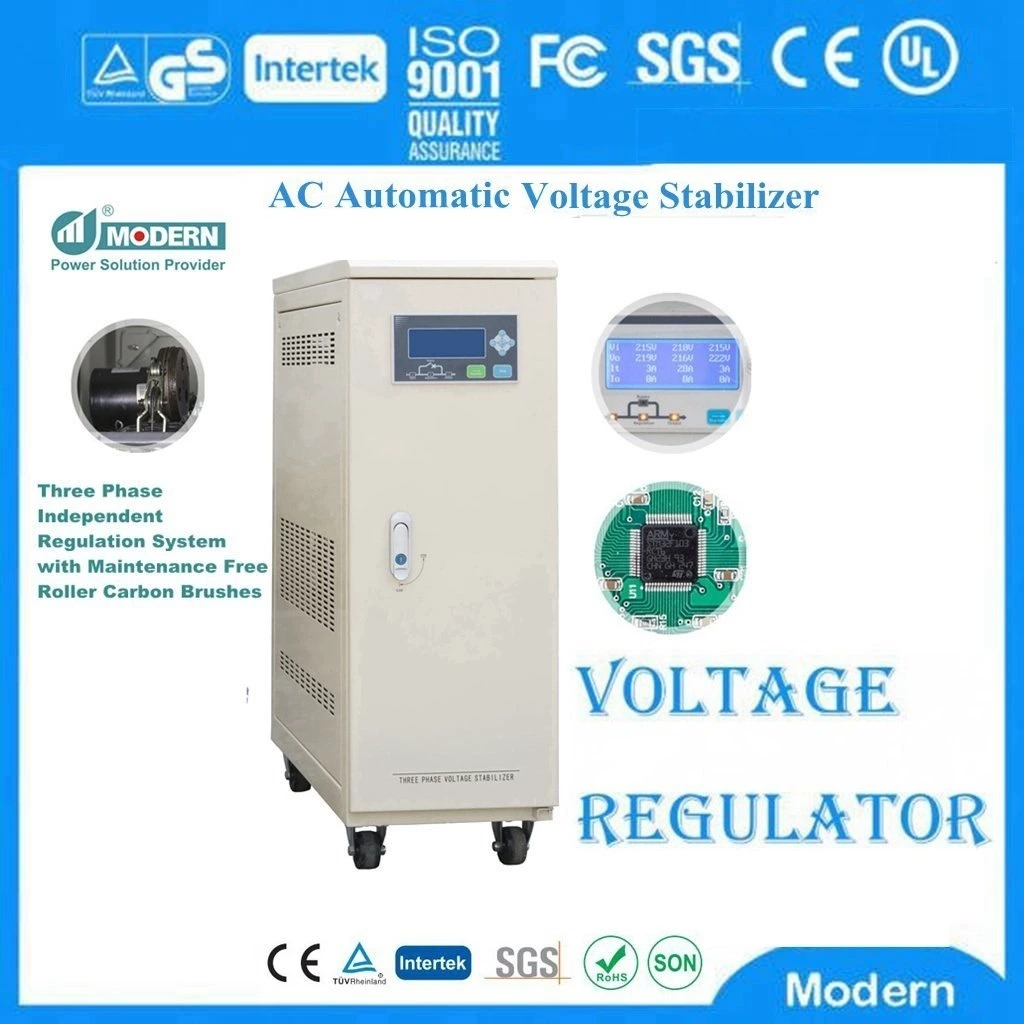Three Main Technical Indicators Of Voltage Stabilizer
The first voltage regulation range:
refers to the input voltage end. Automatic Voltage Stabilizer does not mean that the output voltage can be stabilized under any condition of AC input, but there is a range. This range, such as (15%, 20%, 30%), is called the voltage regulation range. For example: voltage regulation range: 380V+/-15% means that the input voltage is between 323V-436V
The second voltage regulation accuracy:
refers to the output voltage end. After the input fluctuation stops, the ratio of the deviation between the actual value of the output voltage and the standard value. For example: the actual output is 390V, the standard value is 380V, the voltage regulation accuracy is (390-380)/380*100%=2.6%, generally marked as 380+/-3%
01(1)
The third response time:
When the voltage fluctuates, the time it takes for the voltage regulator to stabilize. There are two levels: S (seconds) and ms (milliseconds) 1S=1000ms Factors affecting the price of the voltage regulator: 1. Voltage regulation range. (15%, 20%, 30%, 40%) In principle, the wider, the more expensive. 2. Voltage regulation accuracy (1%, 2-3%, 5%) In principle, the higher the accuracy, the more expensive. 3. If the output voltage is not a standard voltage. (For example: 200V/400V) 4. Configurations that exceed the standard model: such as adding lightning arresters, filters, communication interfaces, transformers, etc.
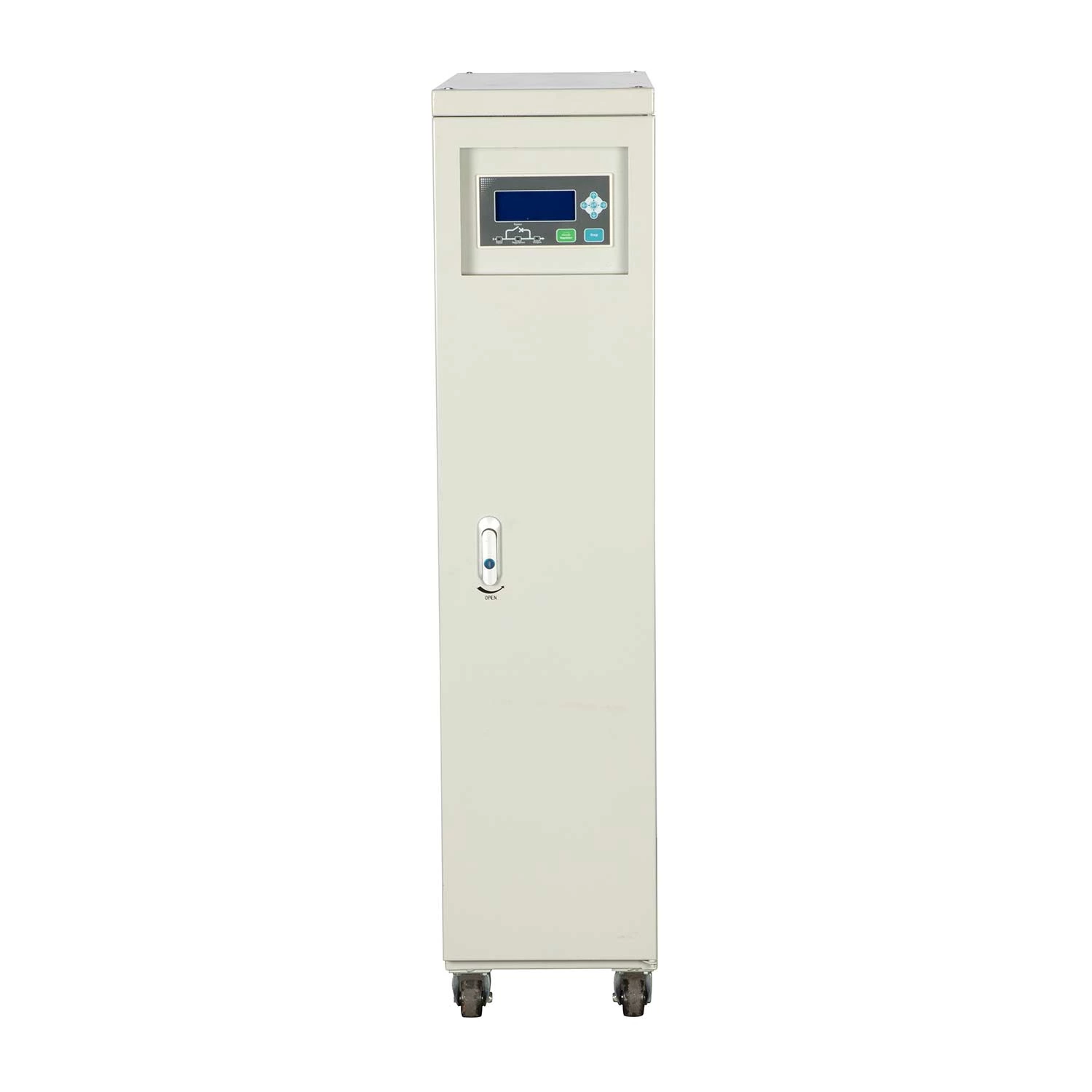
 Русский
Русский
 Français
Français
 Português
Português
 Español
Español
 اللغة العربية
اللغة العربية
